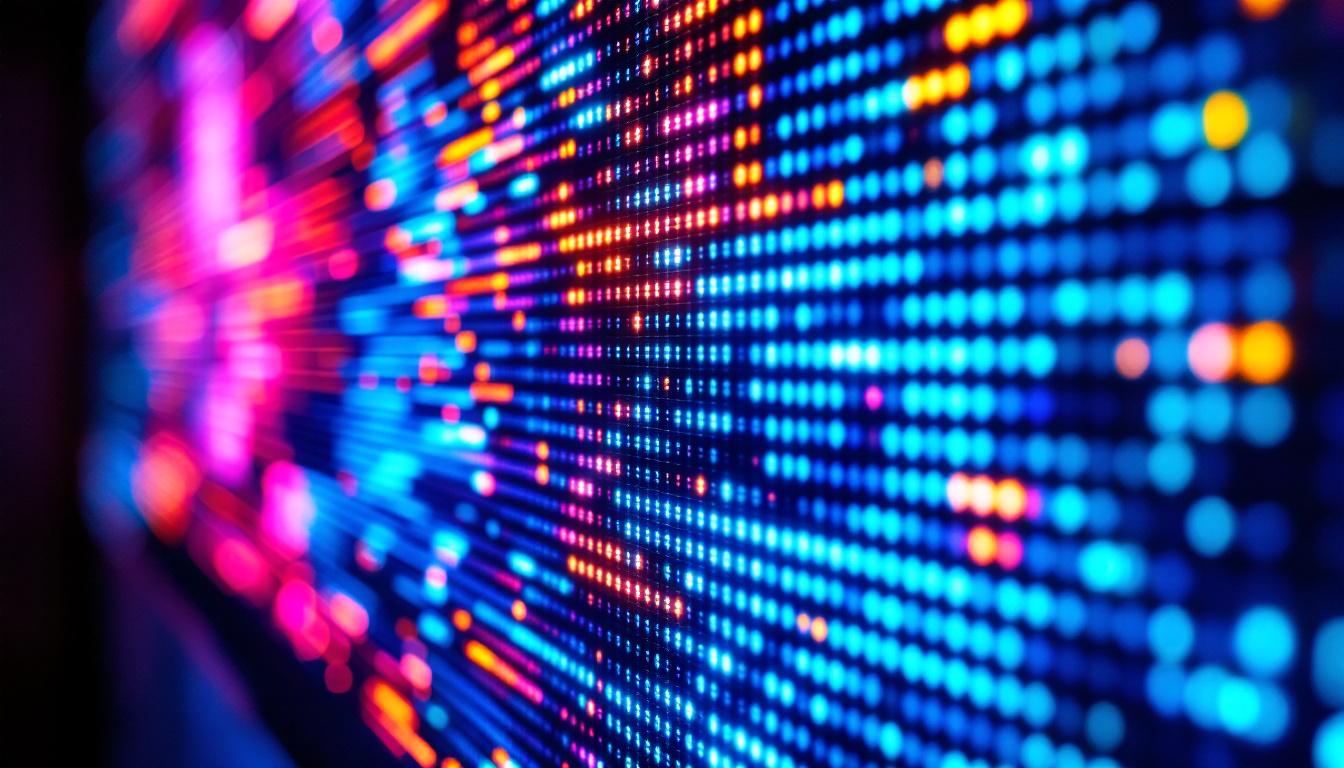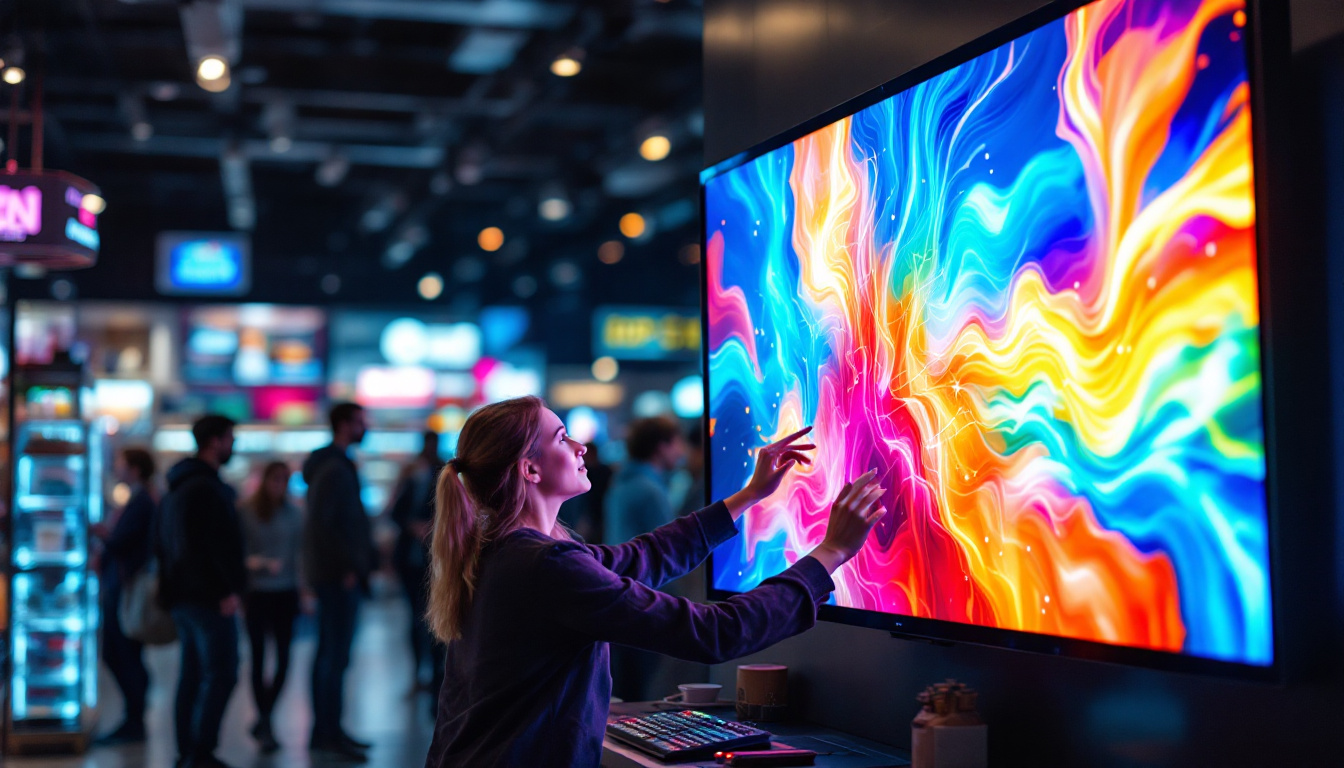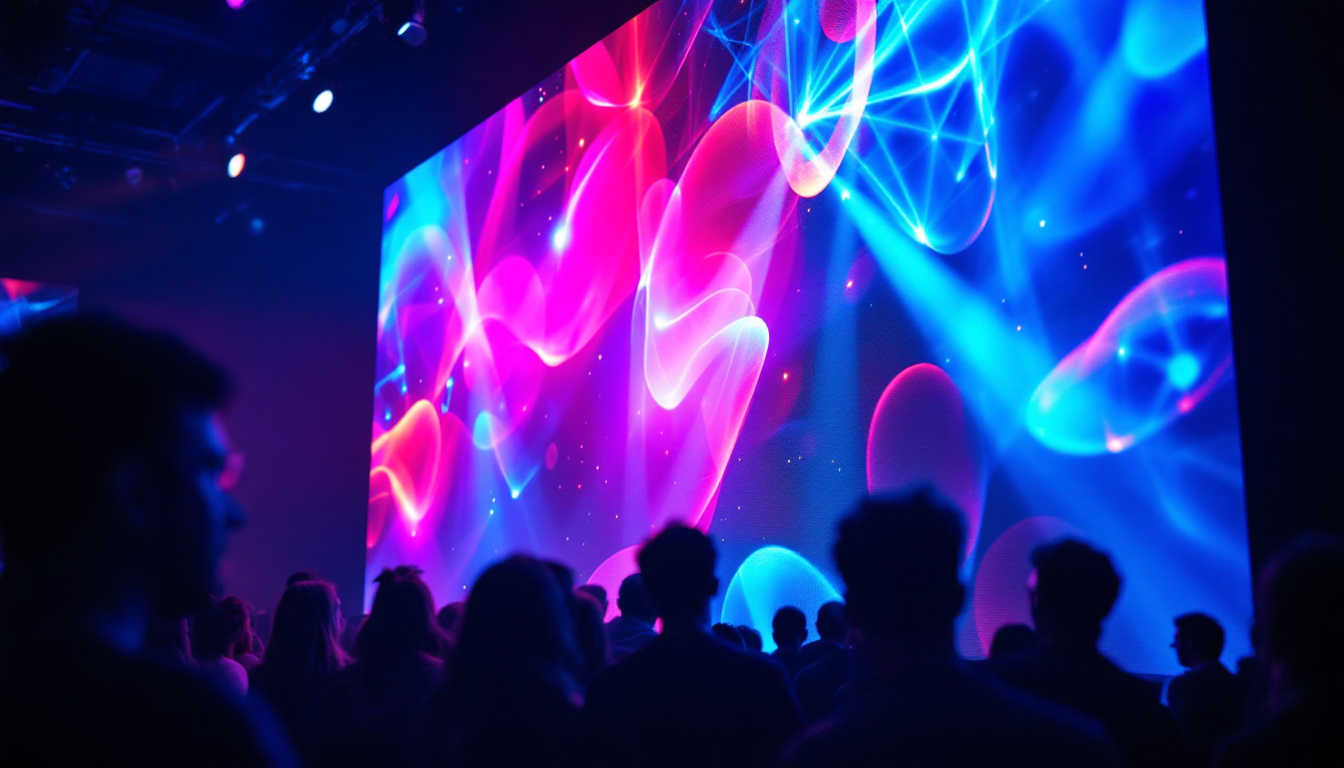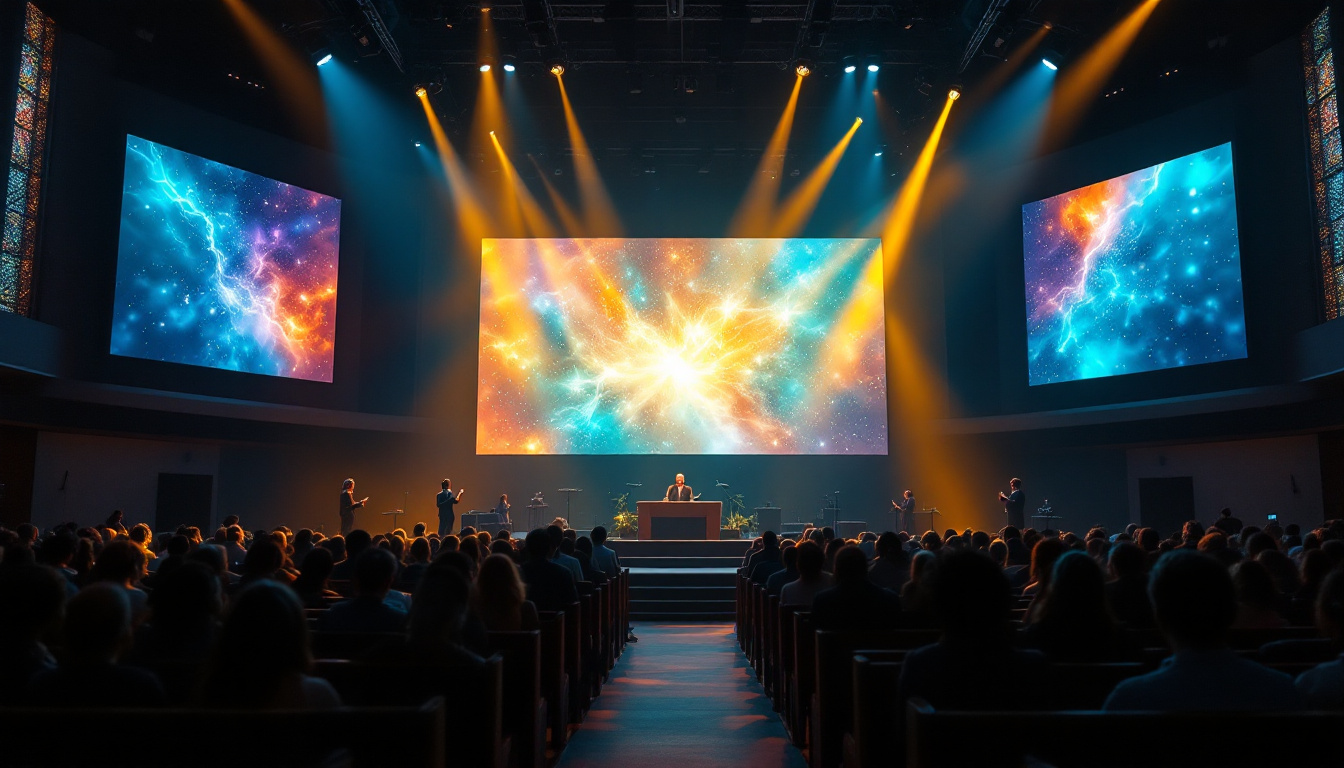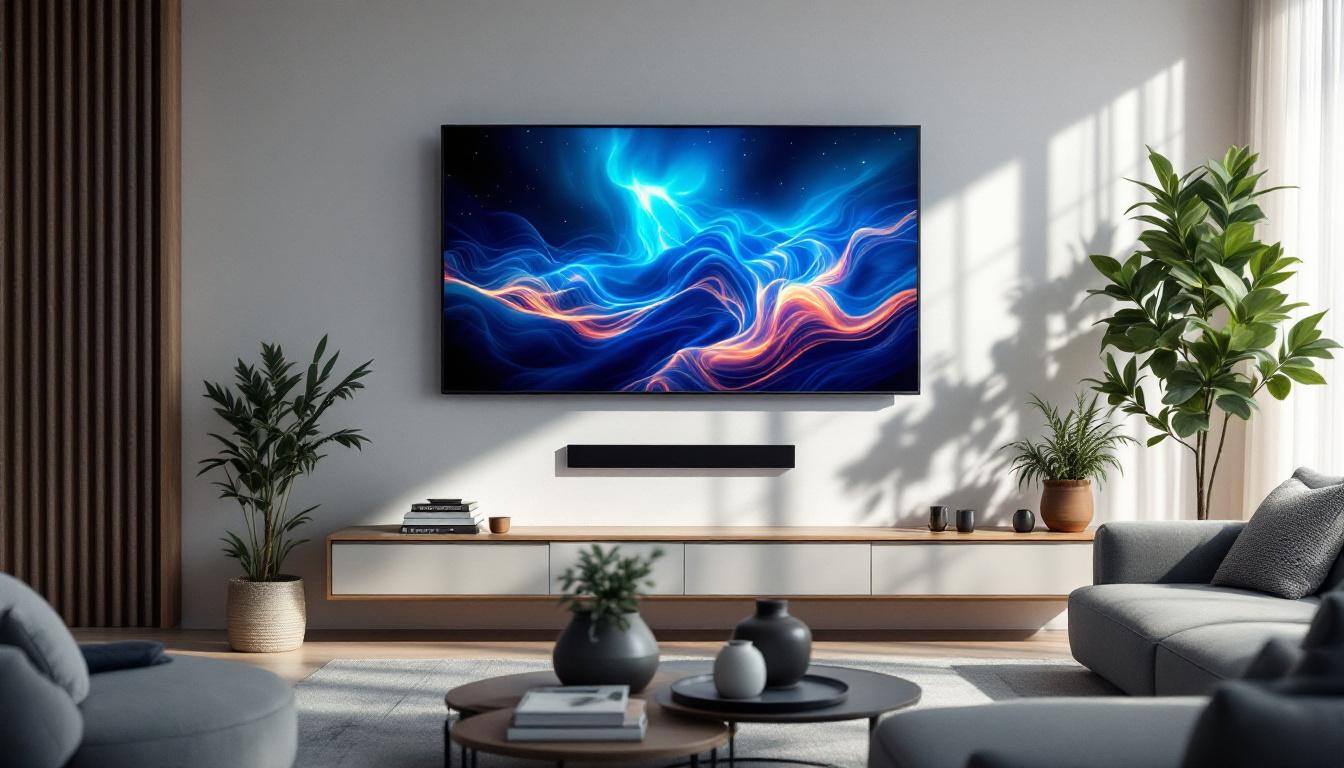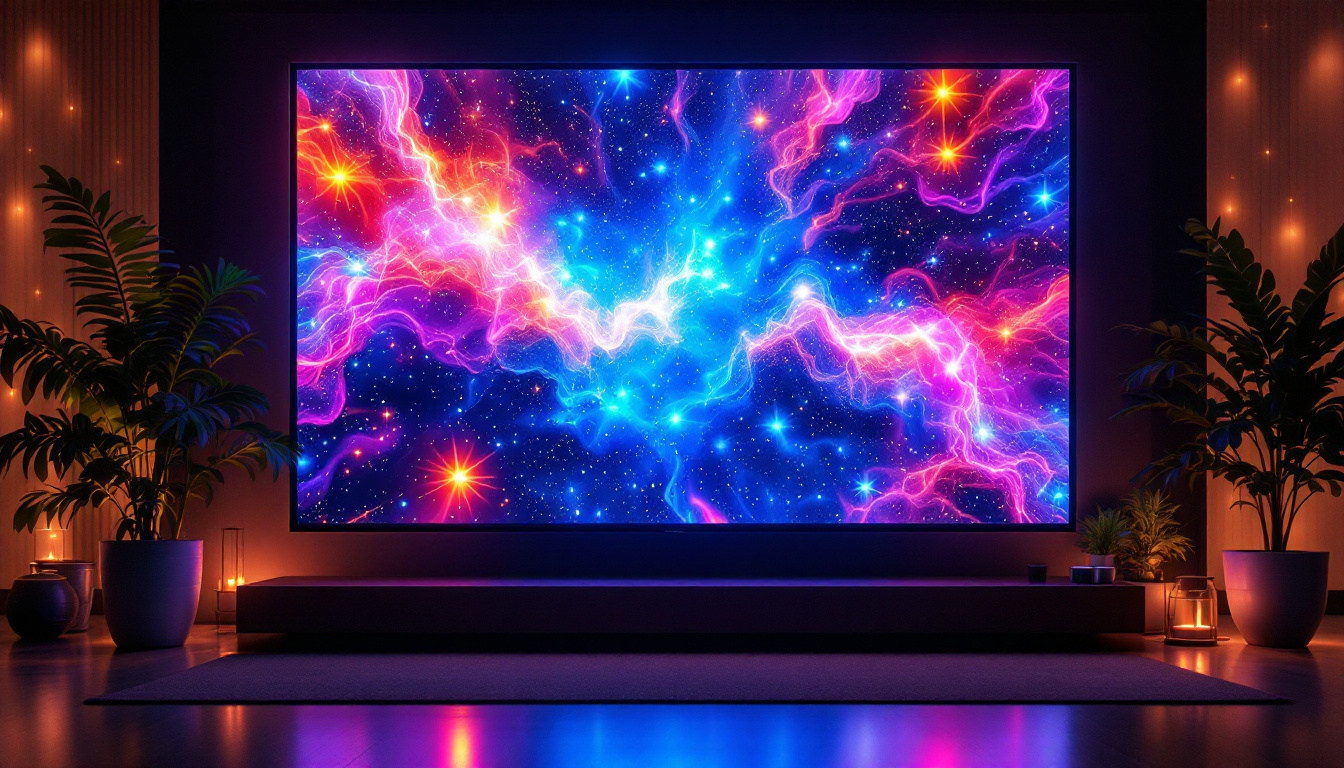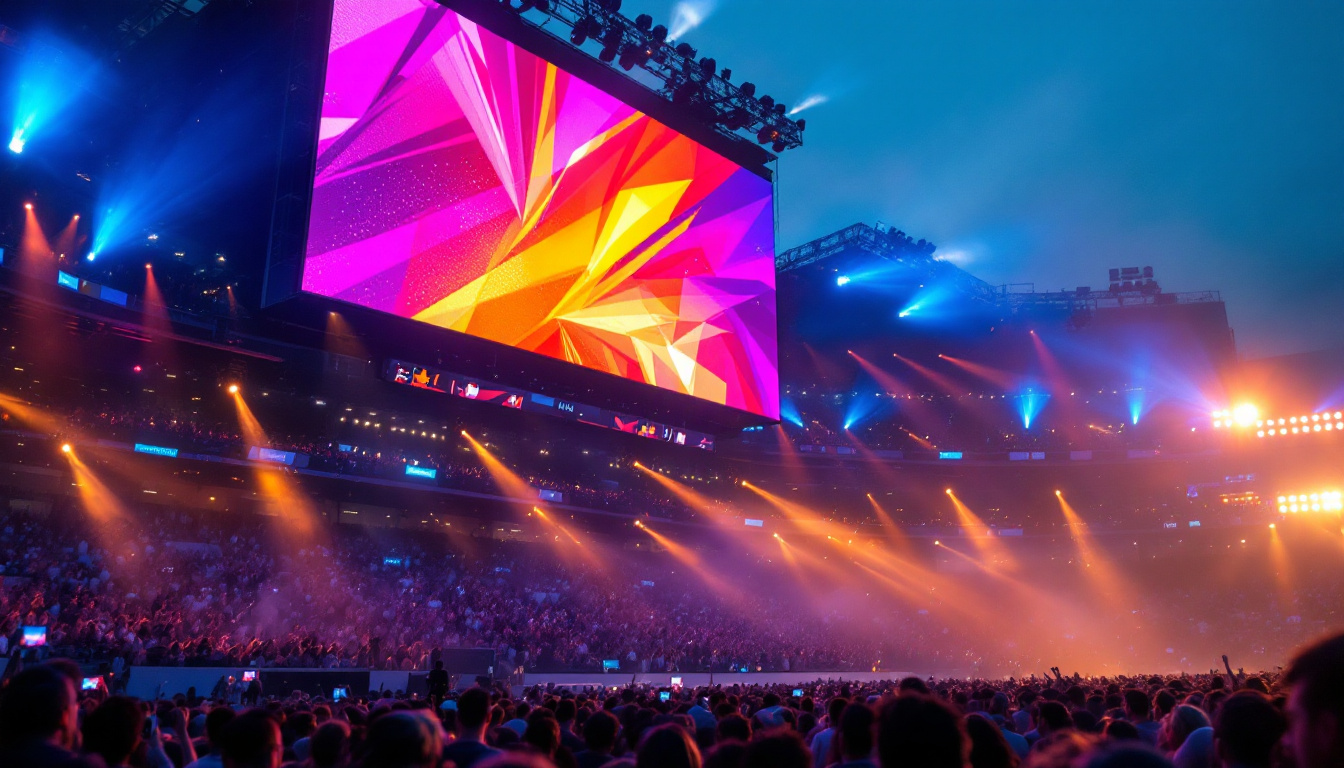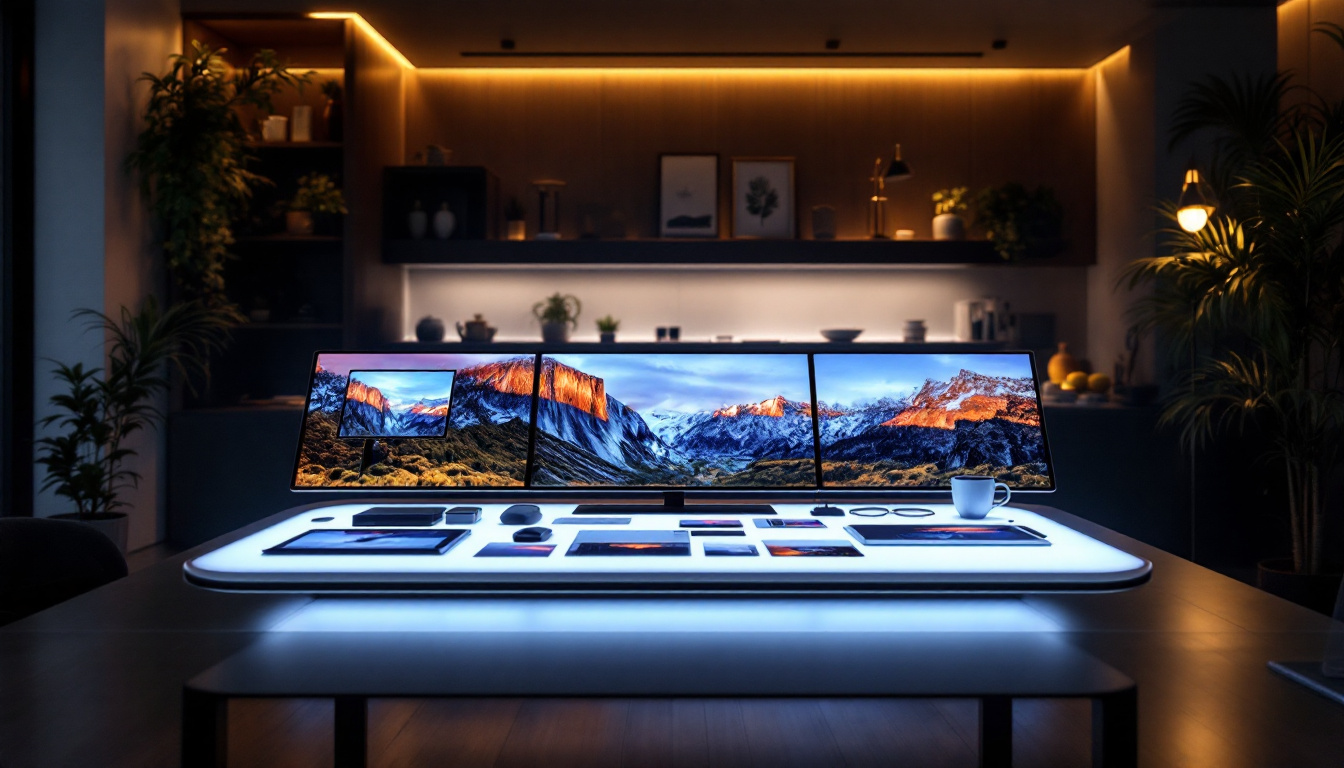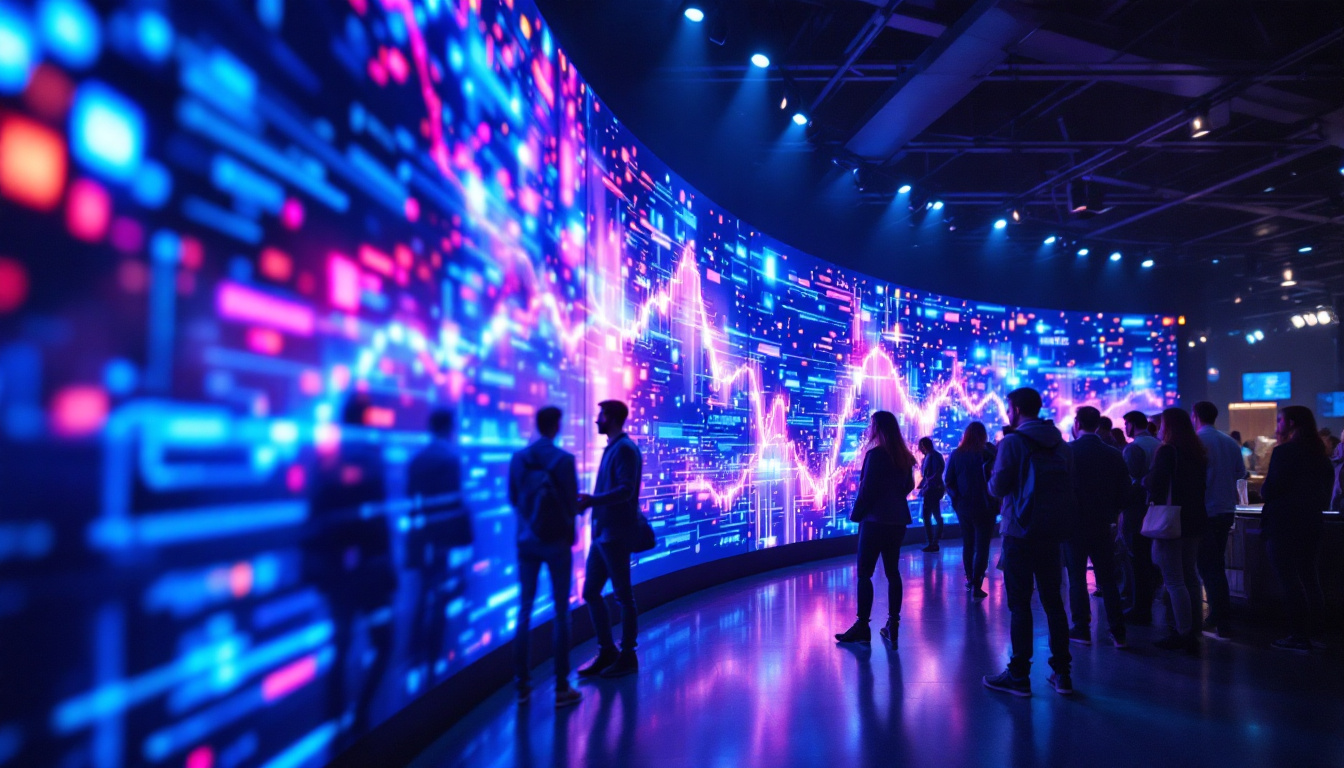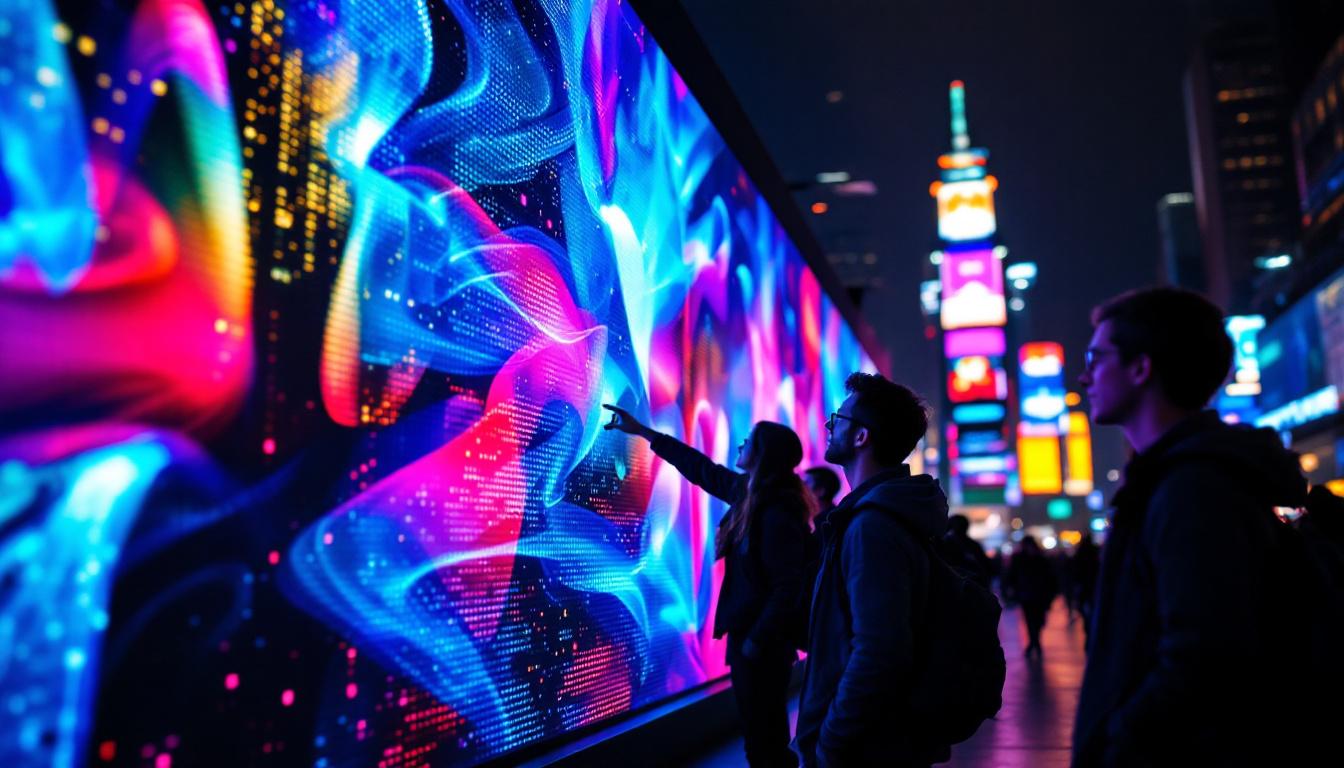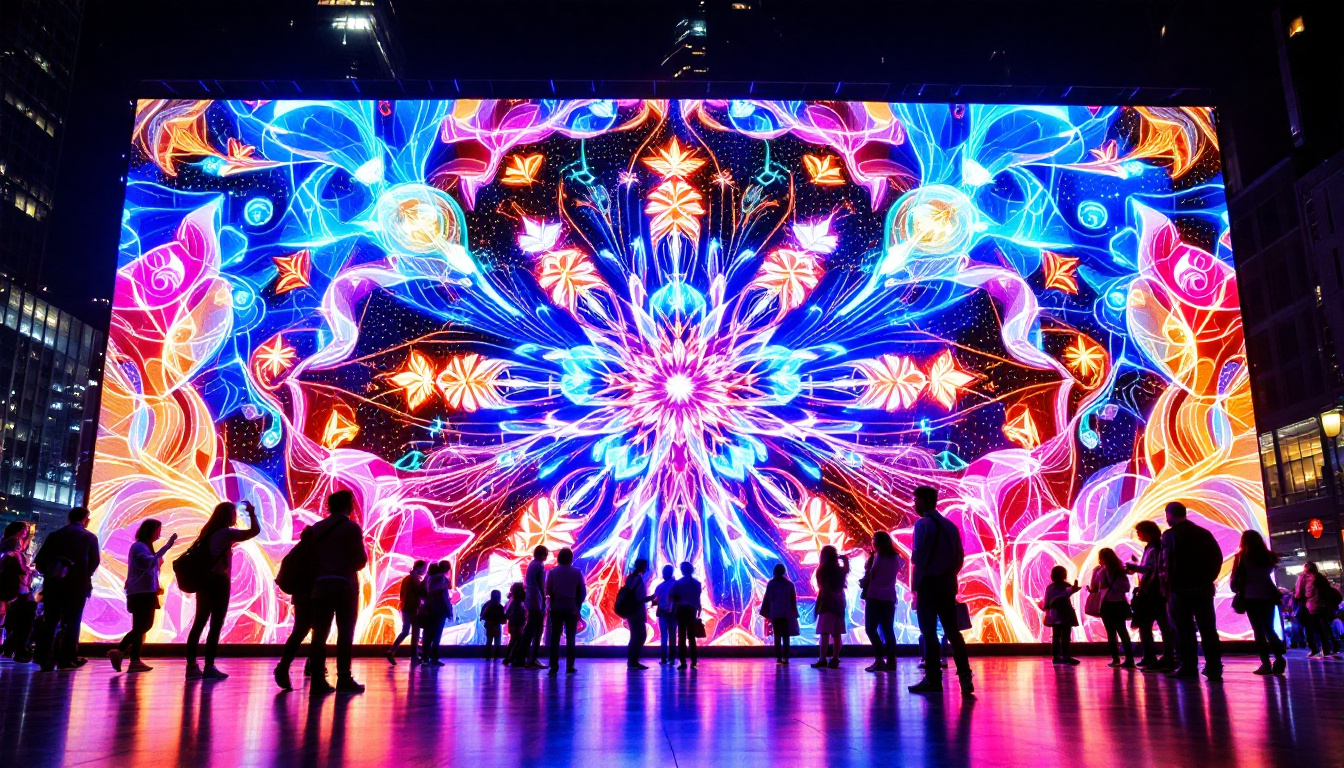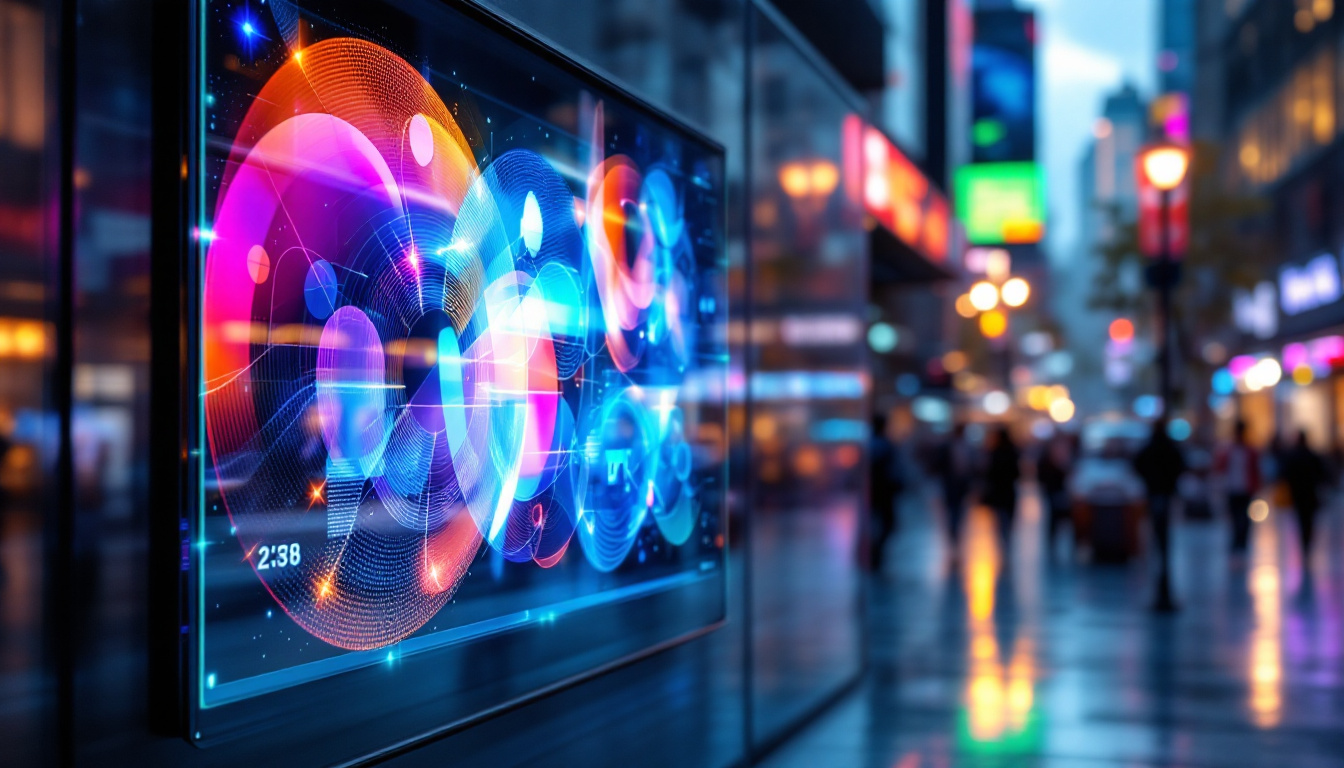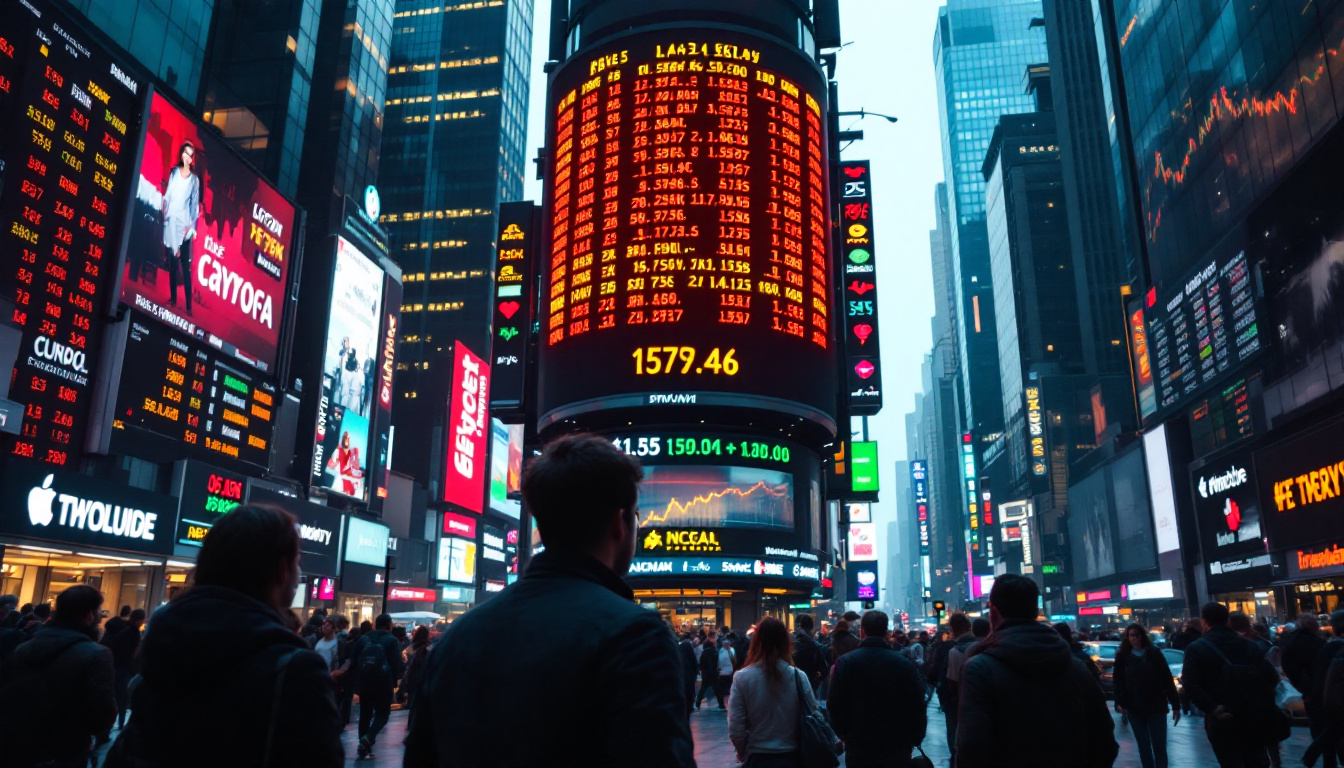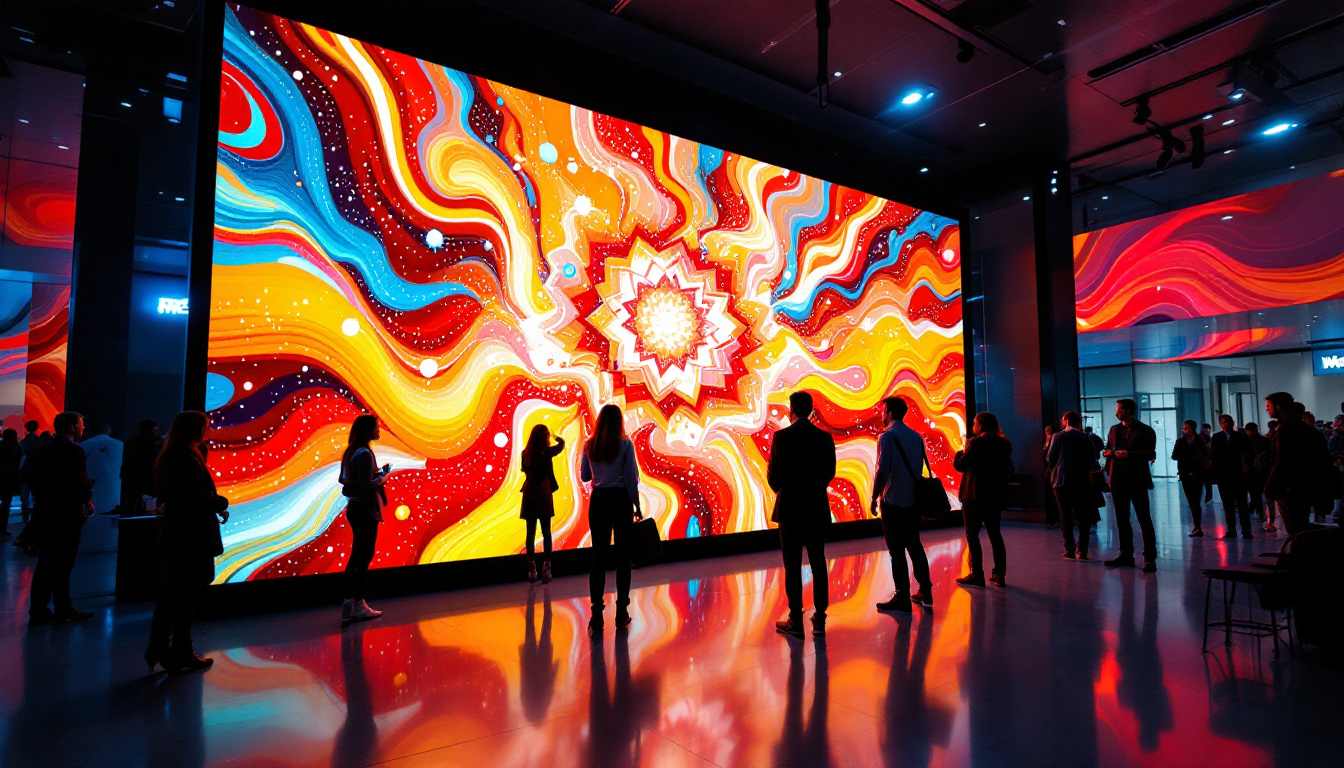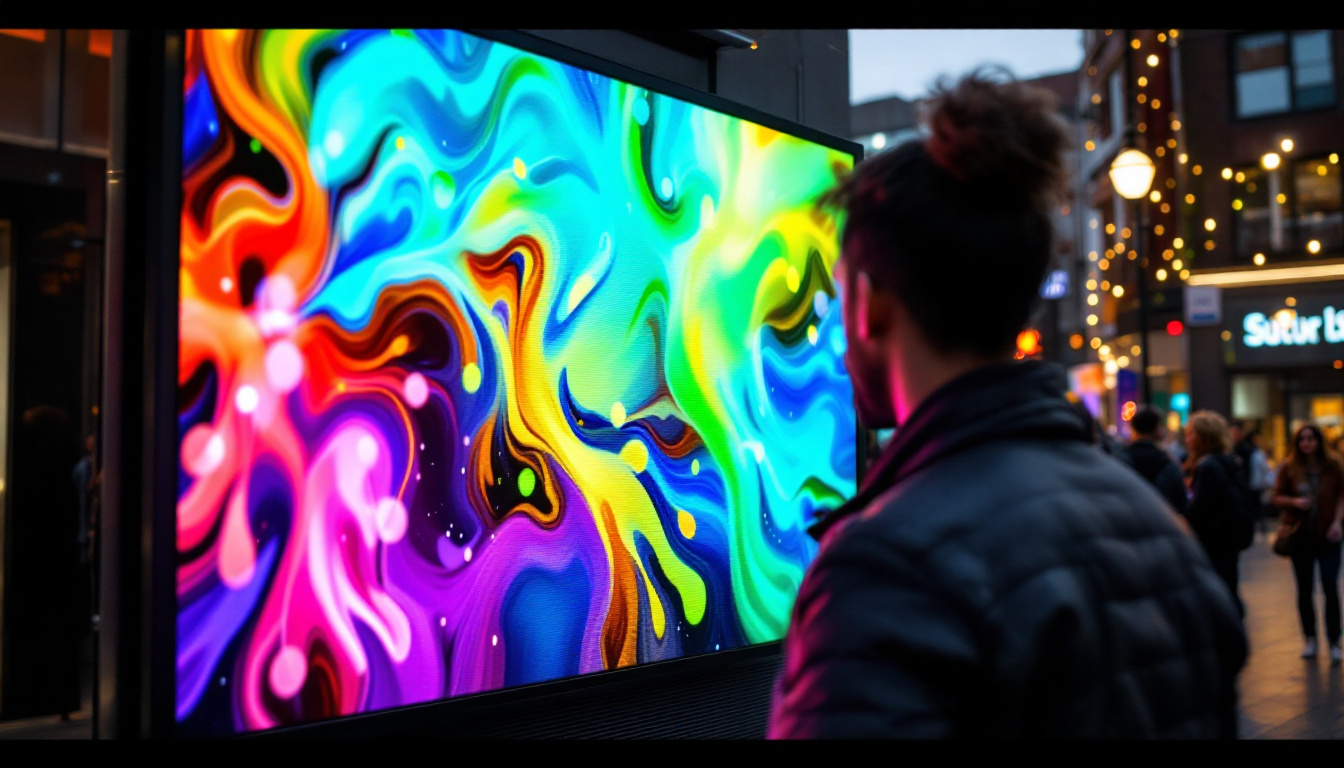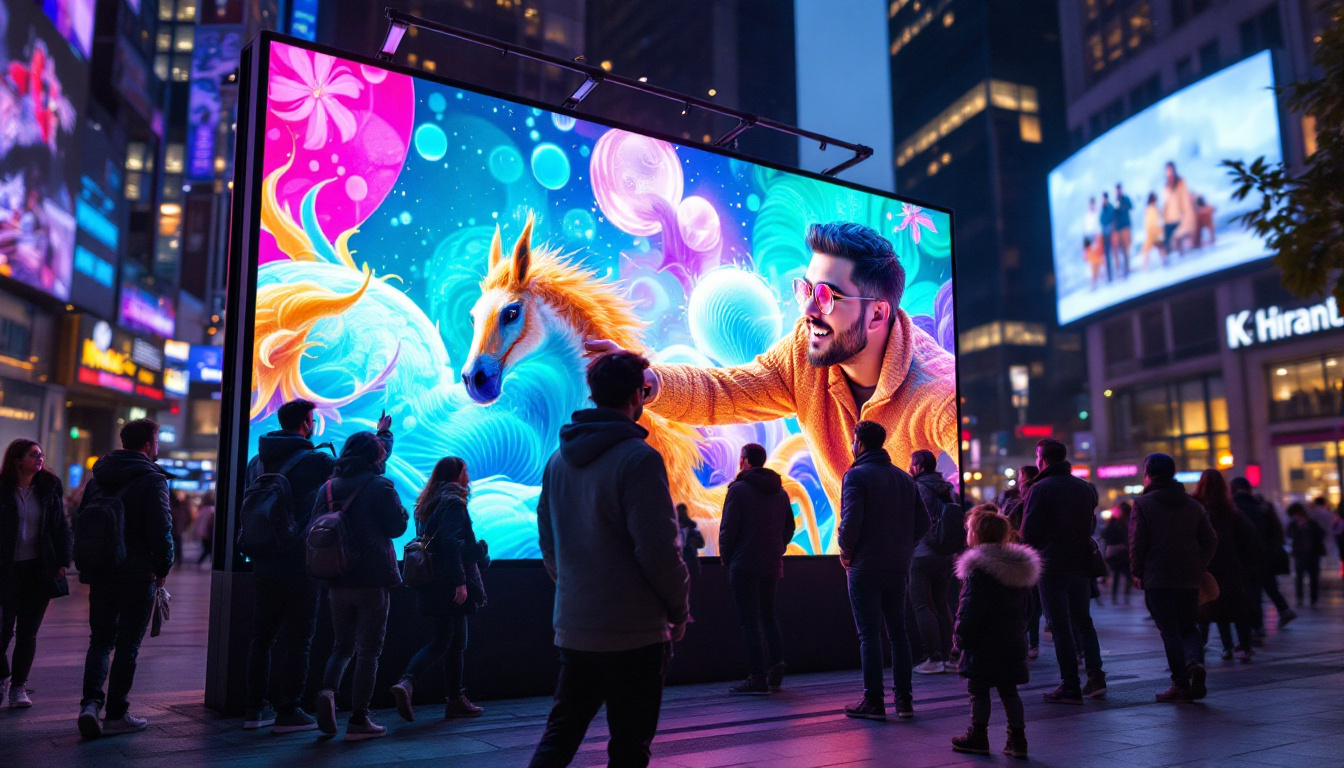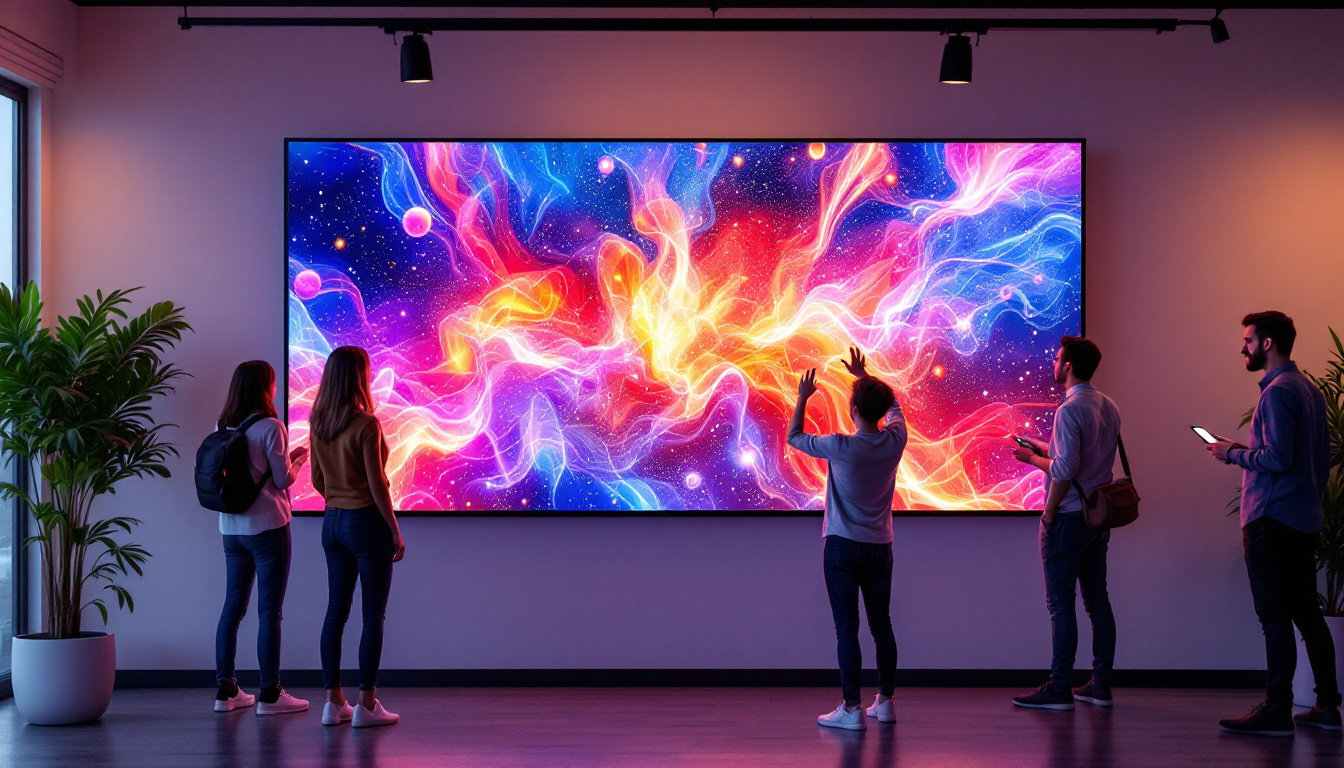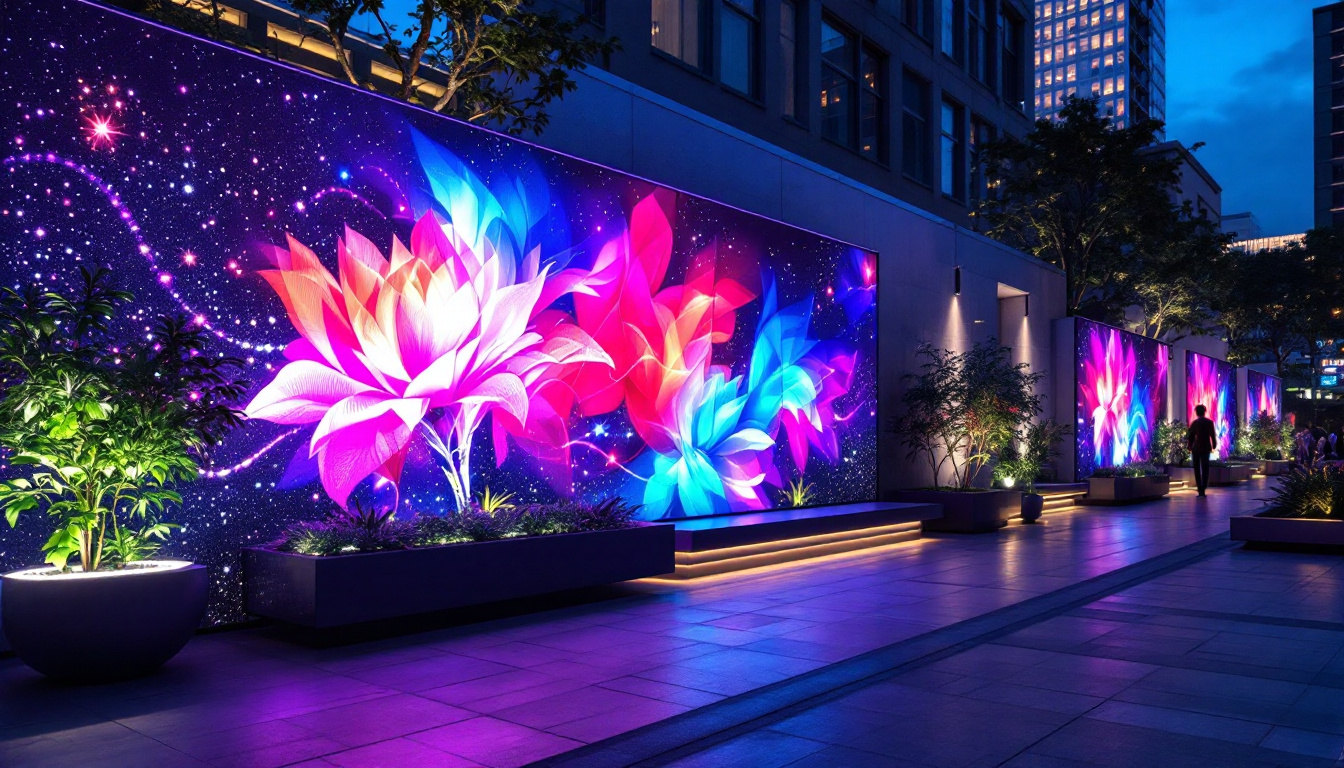In the ever-evolving world of advertising and technology, LED displays have emerged as a prominent choice for businesses seeking to enhance their visibility and engagement. New Image Beaverton stands at the forefront of this innovation, offering cutting-edge LED display solutions that cater to a diverse range of needs. This article delves into the intricacies of LED displays, exploring their benefits, applications, and how they can transform the advertising landscape.
Understanding LED Technology
LED, or Light Emitting Diode, technology has revolutionized the way visual content is presented. Unlike traditional display methods, LED displays utilize a series of small diodes that emit light when an electric current passes through them. This technology not only provides vibrant colors and sharp images but also offers energy efficiency and longevity.
The Mechanics of LED Displays
At the core of LED displays is the concept of pixelation. Each display is made up of numerous pixels, which are individual light sources that can be controlled to create images and videos. The arrangement of these pixels determines the resolution of the display. Higher pixel density results in finer detail and clarity, making it ideal for close-up viewing.
LED displays can be categorized into two main types: direct view and backlit. Direct view displays are composed of individual LEDs that form the entire image, while backlit displays use LEDs to illuminate a liquid crystal display (LCD) panel. Each type has its unique advantages, making them suitable for various applications. For instance, direct view LED displays are often used in large outdoor billboards and sports arenas, where visibility from a distance is crucial. In contrast, backlit LED displays are common in televisions and computer monitors, providing excellent color reproduction and contrast ratios.
Energy Efficiency and Longevity
One of the standout features of LED technology is its energy efficiency. Compared to traditional incandescent bulbs, LEDs consume significantly less power, which translates to lower electricity bills for businesses. Additionally, the lifespan of LED displays can exceed 50,000 hours, reducing the need for frequent replacements and maintenance. This longevity not only benefits consumers economically but also contributes to environmental sustainability by minimizing waste.
Moreover, LED technology is continuously evolving, with advancements such as organic LEDs (OLEDs) and microLEDs pushing the boundaries of display capabilities. OLEDs offer even deeper blacks and a wider color gamut, making them a popular choice for high-end televisions and mobile devices. Meanwhile, microLEDs promise to deliver even greater efficiency and flexibility, allowing for the creation of modular displays that can be customized to fit various shapes and sizes. As these technologies develop, they are set to further enhance the visual experience across multiple platforms, from home entertainment to commercial advertising.
Benefits of LED Displays
LED displays offer a myriad of benefits that make them an attractive option for businesses and organizations. From enhanced visibility to cost savings, the advantages are substantial.
Vibrant Visuals and High Impact
The visual appeal of LED displays is undeniable. With the ability to produce bright, vivid colors and high contrast ratios, these displays capture attention more effectively than traditional signage. Whether used for advertising, information dissemination, or artistic displays, the impact of LED visuals is profound.
Moreover, LED displays can be viewed from various angles and distances, making them versatile for different environments. This adaptability ensures that messages reach a wider audience, maximizing engagement and interaction.
Dynamic Content Capabilities
Another significant advantage of LED displays is their ability to showcase dynamic content. Unlike static signs, LED displays can easily change images, videos, and messages in real-time. This feature allows businesses to tailor their advertising campaigns based on time, audience, or special events, enhancing relevance and effectiveness.
For instance, a retail store can display different promotions throughout the day, ensuring that customers are always informed about the latest offers. This dynamic capability not only keeps the content fresh but also encourages repeat visits from customers.
Cost-Effectiveness Over Time
While the initial investment in LED displays may be higher than traditional signage, the long-term savings are significant. The energy efficiency and durability of LED technology lead to lower operational costs. Additionally, the reduced need for maintenance and replacements further contributes to cost-effectiveness.
Businesses can also benefit from increased revenue due to improved visibility and engagement. The ability to change content quickly allows for timely promotions that can drive sales and customer interest.
Applications of LED Displays
The versatility of LED displays makes them suitable for a wide range of applications across various industries. From retail to entertainment, the possibilities are endless.
Retail and Advertising
In the retail sector, LED displays serve as powerful advertising tools. They can be strategically placed in storefronts, shopping malls, and trade shows to attract customers. The eye-catching visuals and dynamic content can significantly enhance brand visibility and drive foot traffic.
Moreover, LED displays can be used for in-store promotions, showcasing products, and providing information about sales. This interactive approach not only engages customers but also enhances their shopping experience.
Entertainment and Events
LED displays have become a staple in the entertainment industry, used in concerts, sporting events, and festivals. Large-scale LED screens can display live feeds, advertisements, and artistic visuals, creating an immersive experience for attendees.
In addition to live events, LED displays are also utilized in theaters and cinemas for promotional content. Their ability to deliver high-quality visuals ensures that audiences remain captivated, enhancing the overall experience.
Corporate and Institutional Use
Businesses and institutions also benefit from LED displays for internal communication and branding. Conference rooms can utilize LED screens for presentations, while lobbies can feature dynamic displays showcasing company achievements and news.
Furthermore, educational institutions can use LED displays for announcements, event promotions, and interactive learning experiences. The versatility of these displays allows for creative applications that enhance communication and engagement.
Choosing the Right LED Display
When considering an LED display, several factors should be taken into account to ensure that the chosen solution meets specific needs and objectives.
Determining the Purpose
Before investing in an LED display, it is crucial to define its purpose. Is it for advertising, information dissemination, or entertainment? Understanding the primary function will guide the selection process and help determine the required features.
For instance, a retail store may prioritize vibrant colors and dynamic content capabilities, while a corporate office might focus on clarity and resolution for presentations. Clearly defining the purpose will streamline the decision-making process.
Size and Resolution Considerations
The size and resolution of the LED display are critical factors that influence its effectiveness. Larger displays are ideal for outdoor environments where visibility from a distance is essential, while smaller displays may be more suitable for indoor use.
Resolution is equally important; higher resolution displays offer sharper images and are better for close viewing. Evaluating the viewing distance and audience size will help determine the appropriate size and resolution for the display.
Installation and Maintenance
Installation and maintenance requirements should also be considered when choosing an LED display. Some displays are designed for easy installation, while others may require professional setup. Understanding the installation process will help avoid unexpected costs and delays.
Additionally, consider the maintenance needs of the display. Some LED displays come with features that simplify maintenance, such as modular designs that allow for easy replacement of individual components. Assessing these factors will ensure a smooth and efficient operation.
Future Trends in LED Display Technology
The LED display industry is continuously evolving, with new advancements and trends emerging regularly. Staying informed about these trends can help businesses make strategic decisions regarding their display solutions.
Advancements in Resolution and Clarity
As technology progresses, LED displays are becoming increasingly capable of achieving higher resolutions and clarity. Innovations such as MicroLED and MiniLED technologies are paving the way for displays with unparalleled detail and brightness.
These advancements not only enhance the visual experience but also open up new possibilities for applications in various sectors, including entertainment, advertising, and education.
Integration with Smart Technology
The integration of LED displays with smart technology is another trend to watch. With the rise of the Internet of Things (IoT), LED displays can be connected to various devices and systems, allowing for real-time updates and interactions.
This connectivity enables businesses to automate content changes based on specific triggers, such as time of day, weather conditions, or audience demographics. Such capabilities enhance the effectiveness of advertising campaigns and improve audience engagement.
Sustainability Initiatives
As environmental concerns continue to grow, the LED display industry is also focusing on sustainability. Manufacturers are exploring eco-friendly materials and energy-efficient technologies to reduce the environmental impact of LED displays.
Additionally, recycling programs for old displays are becoming more common, allowing businesses to dispose of outdated technology responsibly. These initiatives not only benefit the environment but also align with the values of socially conscious consumers.
Conclusion
LED displays have transformed the advertising landscape, offering businesses a powerful tool for engagement and visibility. With their vibrant visuals, dynamic content capabilities, and energy efficiency, LED displays are poised to play a significant role in various industries.
As technology continues to advance, staying informed about trends and innovations will be crucial for businesses looking to leverage the full potential of LED displays. By understanding their benefits, applications, and how to choose the right display, organizations can position themselves for success in the competitive market.
New Image Beaverton is committed to providing top-notch LED display solutions that meet the diverse needs of businesses. With a focus on quality, innovation, and customer satisfaction, they are ready to help organizations elevate their advertising strategies and achieve their goals.
Discover LumenMatrix’s Innovative LED Solutions
Ready to elevate your brand’s visibility and captivate your audience with stunning visual displays? Look no further than LumenMatrix, a pioneer in LED display technology. Our comprehensive range of products, including Indoor and Outdoor LED Wall Displays, Vehicle LED Displays, LED Poster Displays, and more, are designed to revolutionize visual communication and engagement. Whether you’re looking to create an immersive experience with a Floor LED Display or make a bold statement with a Custom LED Display, LumenMatrix has the solution for you. Check out LumenMatrix LED Display Solutions today and transform your advertising strategy with clarity and impact.



